Pop-Up Headlights
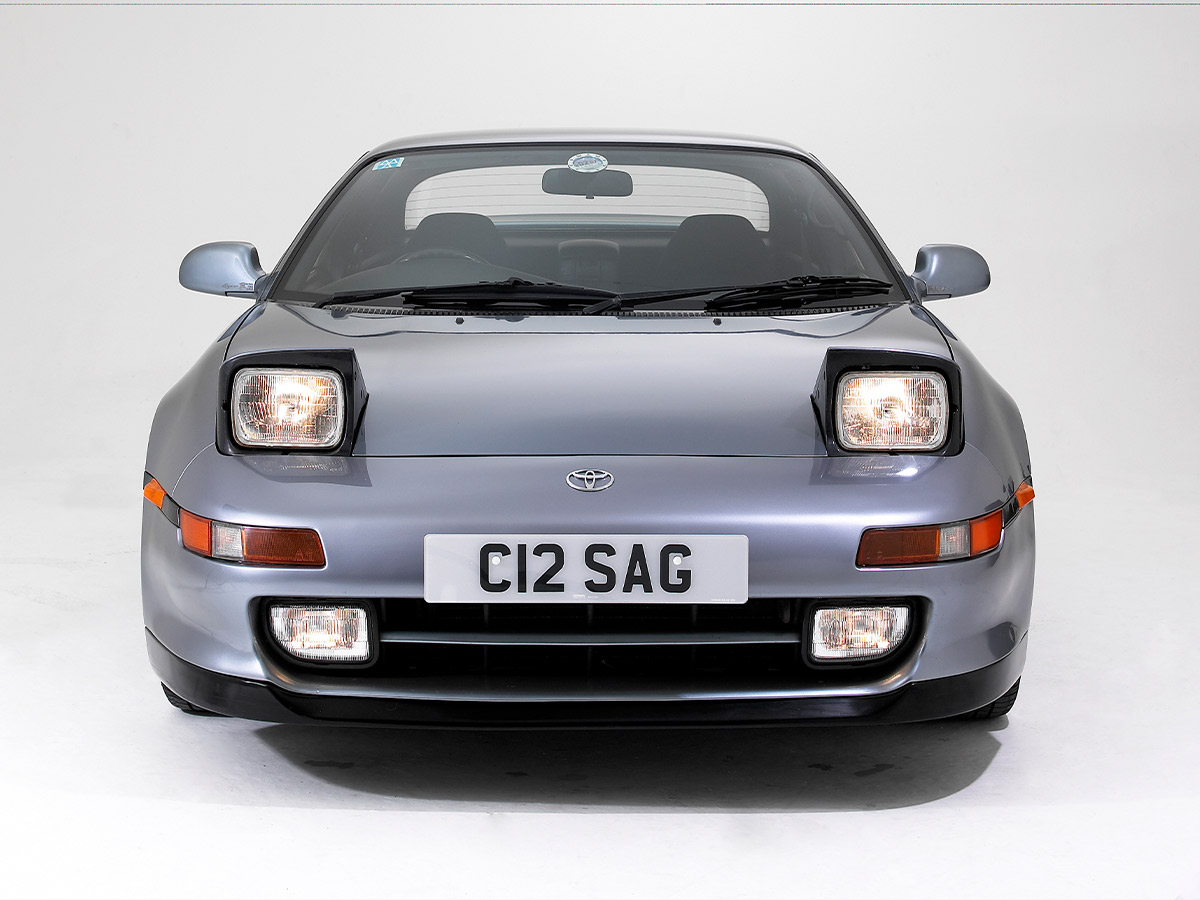
Pop-up headlights were undeniably stylish, adding a sleek and dynamic look to cars that embraced this bold design. They became synonymous with automotive coolness, especially during the 1980s and 1990s. However, their charm was often overshadowed by their mechanical drawbacks.
The motors and mechanisms responsible for raising and lowering the lights were prone to failure, leaving many drivers frustrated with costly repairs. Despite their visual flair, the frequent maintenance issues led to their eventual decline. Not to mention, they gave cars a humanistic look that was just too freaky.
Square Steering Wheels
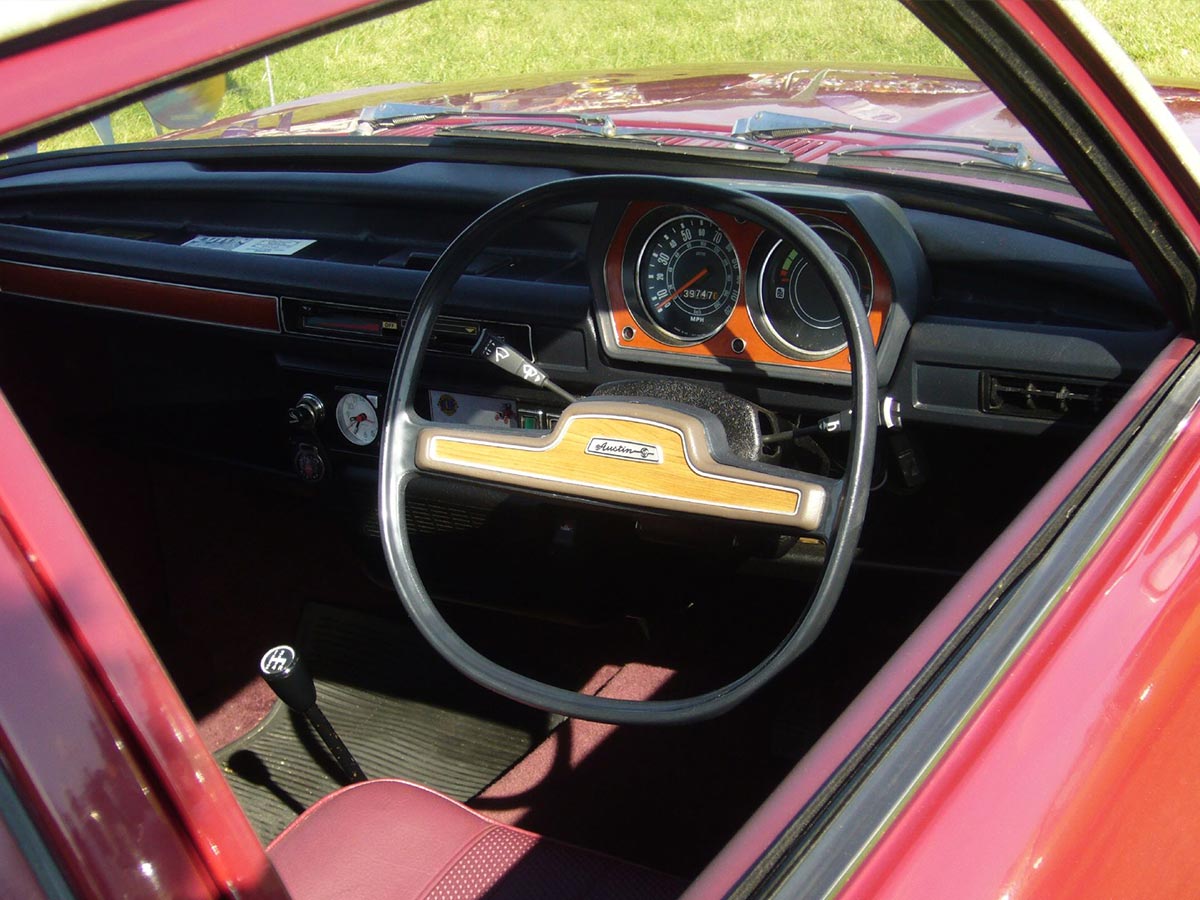
Square steering wheels represented a unique attempt to rethink a fundamental part of driving. While they promised improved ergonomics and a futuristic aesthetic, the reality often fell short. Drivers found it awkward to maneuver, especially in tight turns or during parking.
If you saw a driver swerving around in the early ‘60s, it’s probably due to the odd and strange feel of a square steering wheel. What was meant to innovate instead became a source of discomfort, proving that innovation doesn’t always equate to practicality. Square steering wheels ultimately failed to steer car design in the right direction.
Joysticks Instead of Steering Wheels
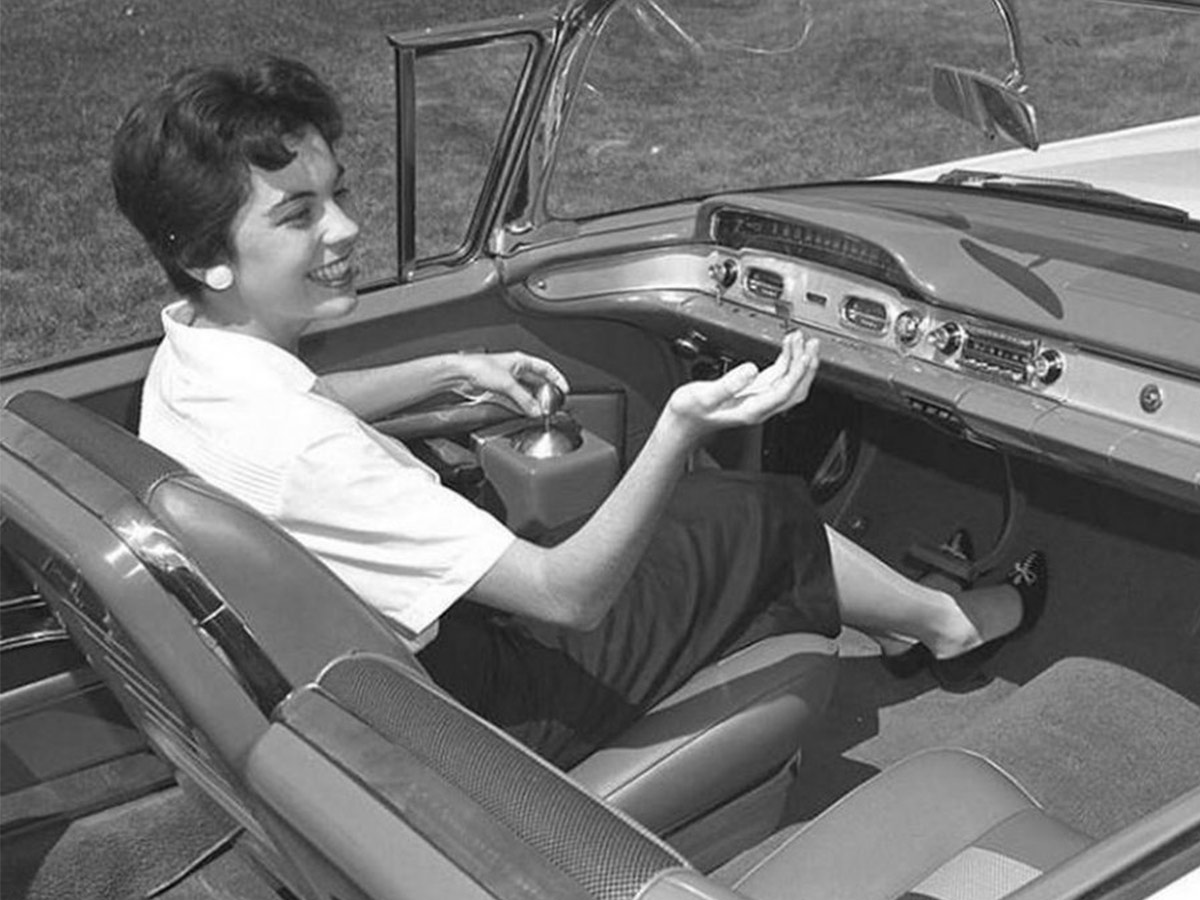
The concept of joysticks replacing traditional steering wheels emerged as a bold vision for the future of driving. While they promised a sleek, aviation-inspired approach, the learning curve proved too steep for most drivers. Issues with precision, control, and safety further alienated users, making them an impractical innovation for everyday vehicles.
Despite the excitement they initially generated, joysticks ultimately failed to gain traction. Steering wheels continued to dominate with their support, easy control, and natural hand placement. Joysticks would be too unfamiliar to the general driving public.
Digital Dashboards of the '80s
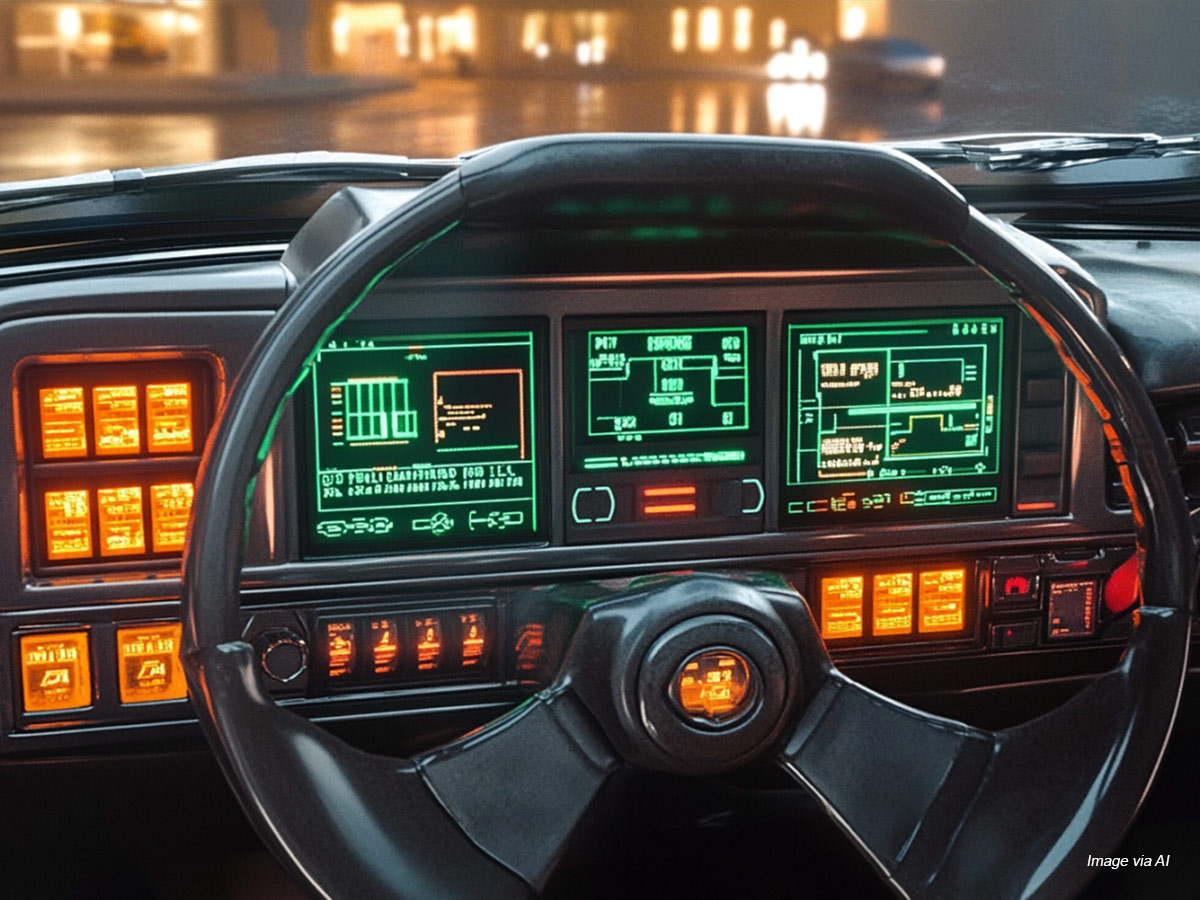
Digital dashboards in the 1980s aimed to bring a high-tech feel to car interiors, boasting bright digital displays and futuristic controls. However, these systems were plagued by technical issues, including poor durability and frequent malfunctions. The cost of repairs and limited practicality left drivers frustrated, overshadowing the promise of innovation.
This ambitious technology simply wasn't ready for widespread adoption at the time. Besides technical difficulties, there were problems with reliability and visibility in the sunlight. The perceived benefits of digital dashboards paled in comparison to the practical functions of analog gauges.
Swivel Seats

Swivel seats were introduced to make entering and exiting vehicles significantly easier, especially for the elderly or disabled. Designed to rotate toward the door, these seats provided unmatched convenience and accessibility. However, despite their initial appeal, swivel seats faced challenges in meeting evolving safety standards, which prioritized passenger protection over convenience.
Over time, advancements in crash testing and stricter regulations highlighted the safety risks associated with swivel seats during collisions. Automakers had to abandon this innovative feature in favor of fixed seating that complied with modern safety protocols. While practical, swivel seats ultimately failed to balance convenience with the rigorous demands of passenger safety.
Headlight Wipers
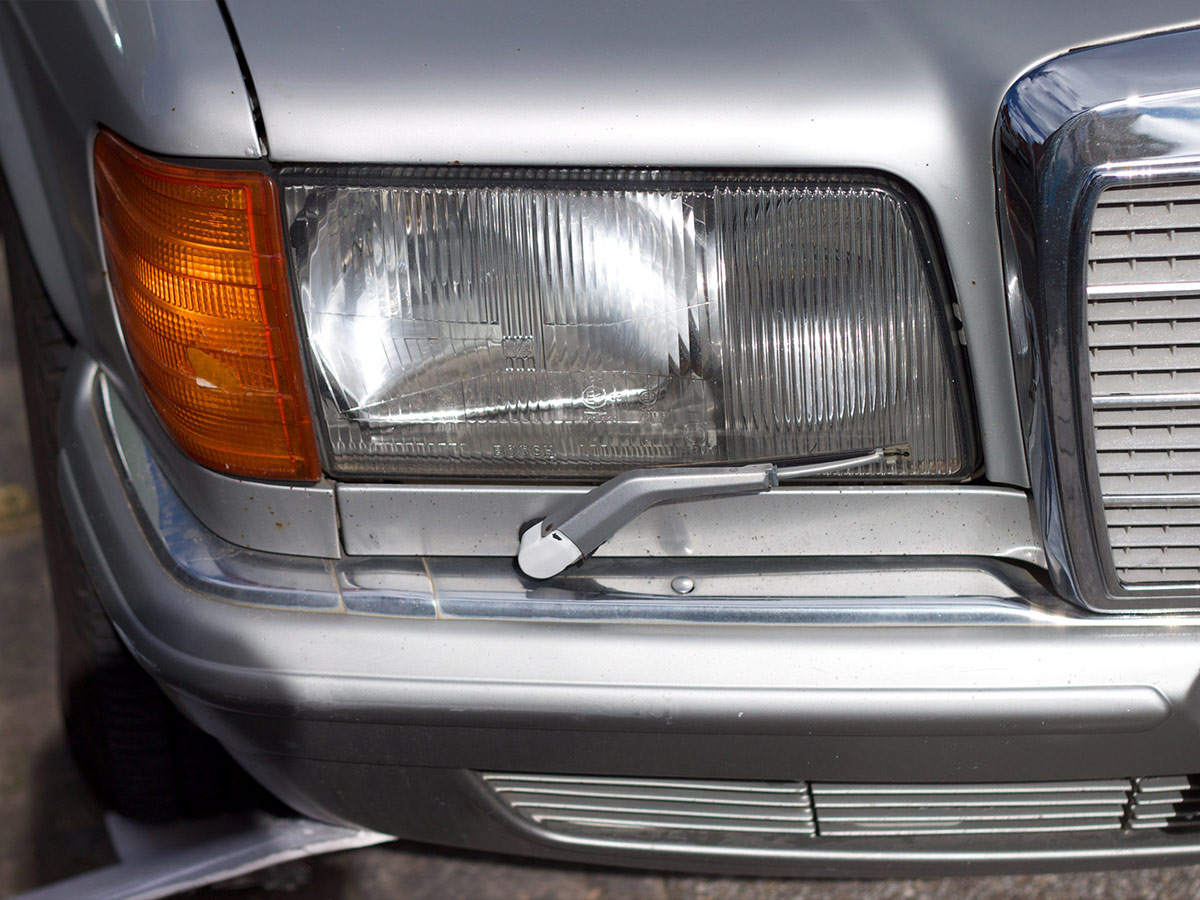
Headlight wipers were introduced as a practical solution to maintain visibility during adverse weather conditions. These small, motorized wipers were installed on vehicle headlights to remove dirt, snow, and moisture, ensuring optimal illumination on the road. While the concept was functional and addressed visibility concerns, many drivers found them to be an unnecessary addition.
Over time, improvements in headlight design, such as sealed beam units and modern LED lights with hydrophobic coatings, reduced the need for such accessories. Additionally, the added cost and maintenance requirements of headlight wipers contributed to their gradual decline in popularity.
Onboard Record Players
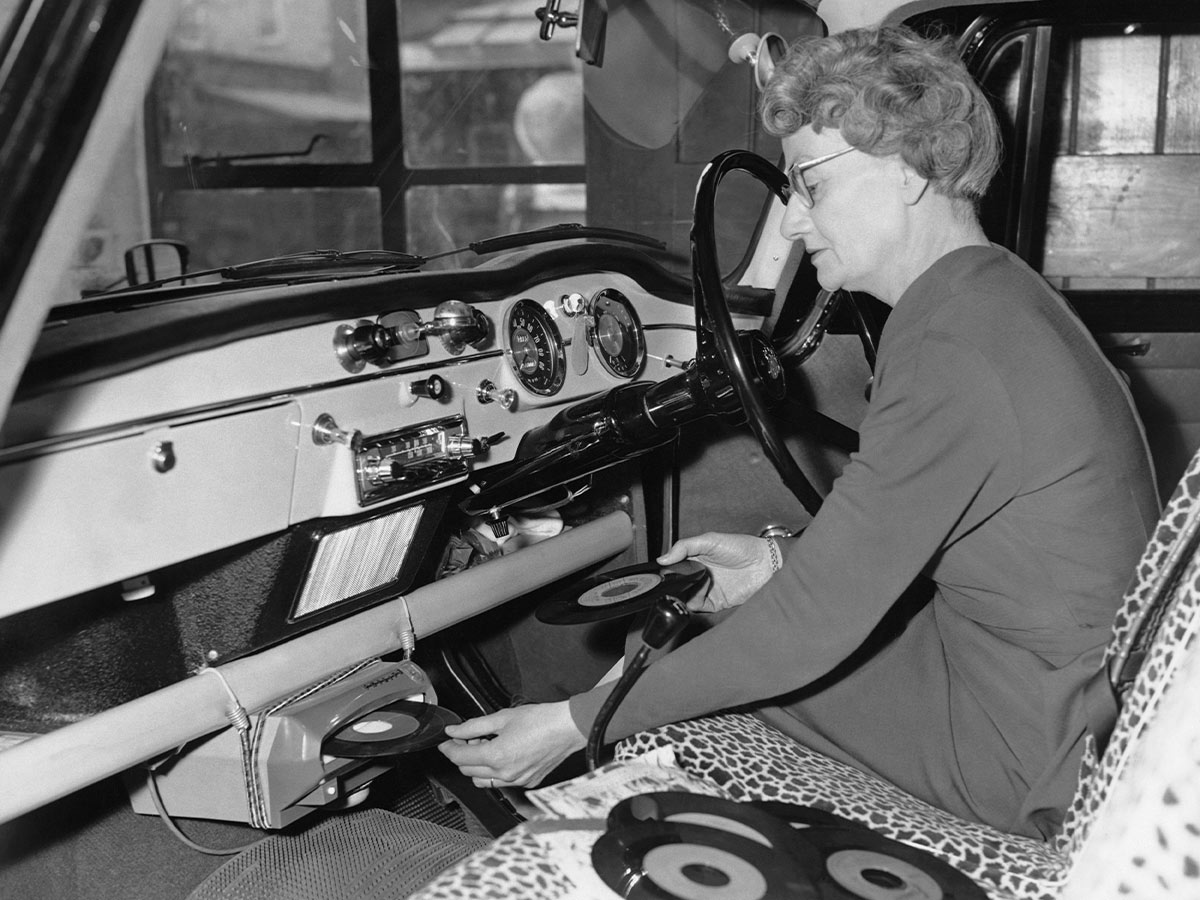
Though it may seem like a cool and flashy feature, onboard record players in cars were a failed innovation that never fully caught on. In the 1950s and 1960s, adding a record player to a car was seen as the ultimate luxury for music lovers on the go. However, this feature came with its fair share of challenges and ultimately proved to be more trouble than it was worth.
One of the main issues with onboard record players was their delicate nature. Car rides are not known for being smooth journeys, which meant that records would often skip or get scratched while playing. This required frequent replacements and repairs, making it an expensive addition to already costly cars. Furthermore, the limited space in cars made it difficult to fit a record player without sacrificing other features or storage options.
Automatic Seatbelts
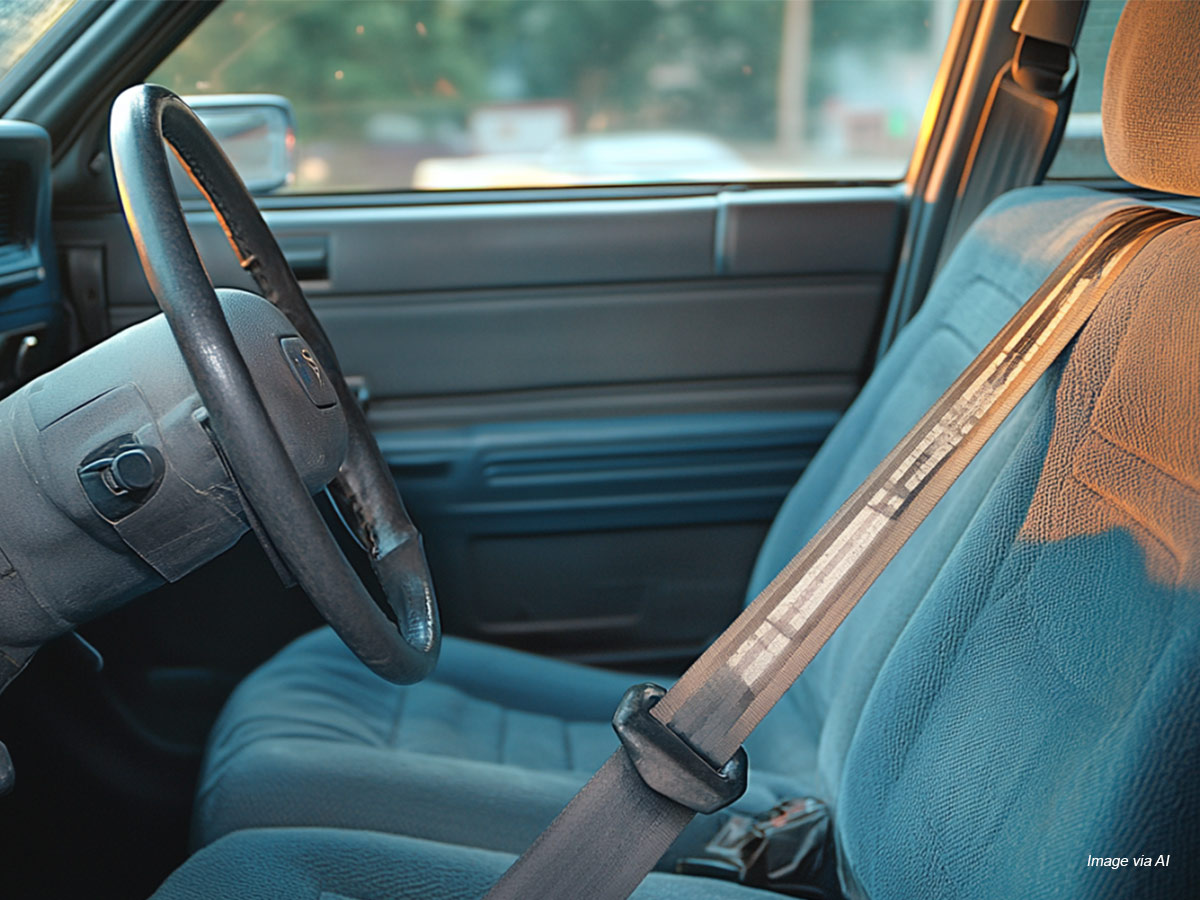
When automatic seatbelts were introduced in the 1980s and 1990s, they were hailed as a revolutionary innovation in vehicle safety. These seatbelts were designed to automatically secure passengers when the car door was closed, eliminating the need for manual fastening. While the idea was certainly well-intentioned, aiming to ensure greater compliance with seatbelt laws and improve safety, the execution left much to be desired.
Many users found the mechanism intrusive and irritating, as the belts would often tug uncomfortably or catch clothing. They weren’t inclusive to all body types and interfered with the functionality of airbags. It’s safe to say, consumer preference as low for automatic seatbelts.
Rear-Mounted Engines
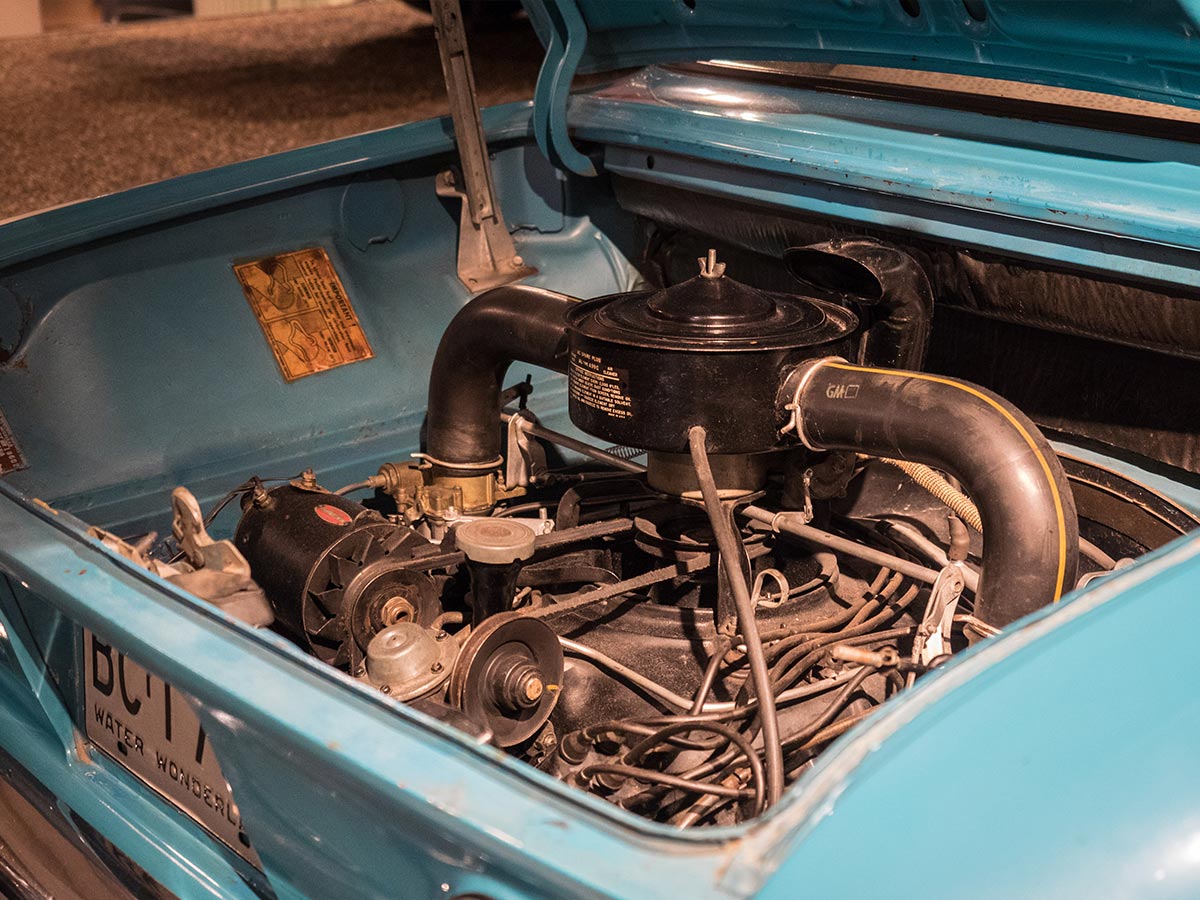
Rear-mounted engines represent another intriguing yet flawed chapter in automotive history. Designed to free up space within the vehicle and provide better weight balance initially, this innovation was embraced by several manufacturers, most notably Volkswagen with the iconic Beetle. However, the placement of the engine at the rear of the vehicle introduced significant problems, particularly in the area of weight distribution.
As automotive technology progressed, alternatives such as front-mounted or mid-mounted engines proved to deliver superior handling and safety. The drawbacks of rear-mounted engines became increasingly evident, particularly as higher speeds and more advanced road systems became common. While the concept remains a distinctive feature in some high-performance or niche sports car segments, its broad adoption has largely faded.
Yoke Steering Wheels
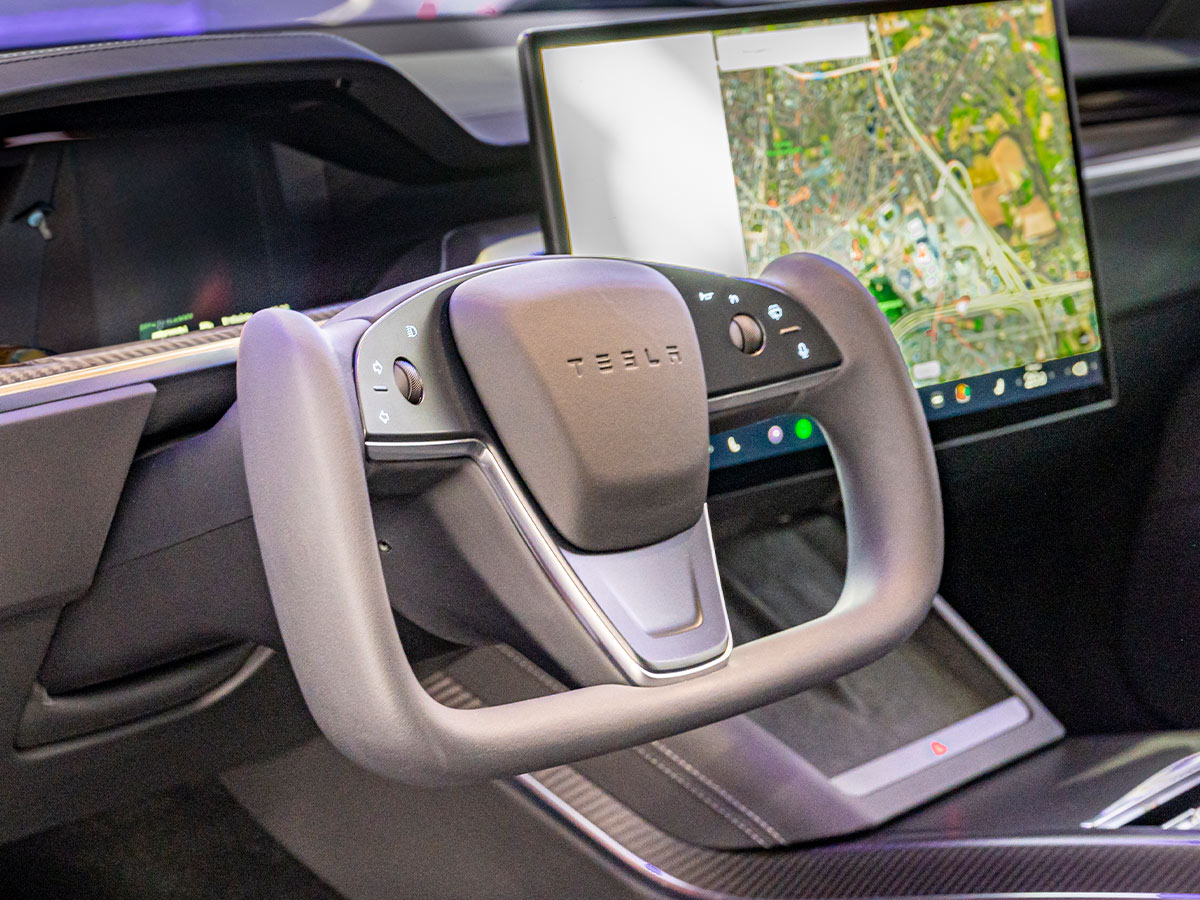
Yoke steering wheels burst onto the scene as a bold departure from traditional circular designs, often touted for their futuristic aesthetics and potential ergonomic benefits. Critics argue that the unconventional shape hinders precise control during sharp turns or emergency maneuvers, creating a steeper learning curve compared to standard steering wheels.
Despite some modest benefits, such as improved visibility of the instrument cluster, the impracticalities of yoke steering wheels have limited their acceptance. Much like other radical innovations, their long-term adoption remains uncertain, as driver preference and functionality tend to outweigh novelty in automotive design.
Night Vision Systems
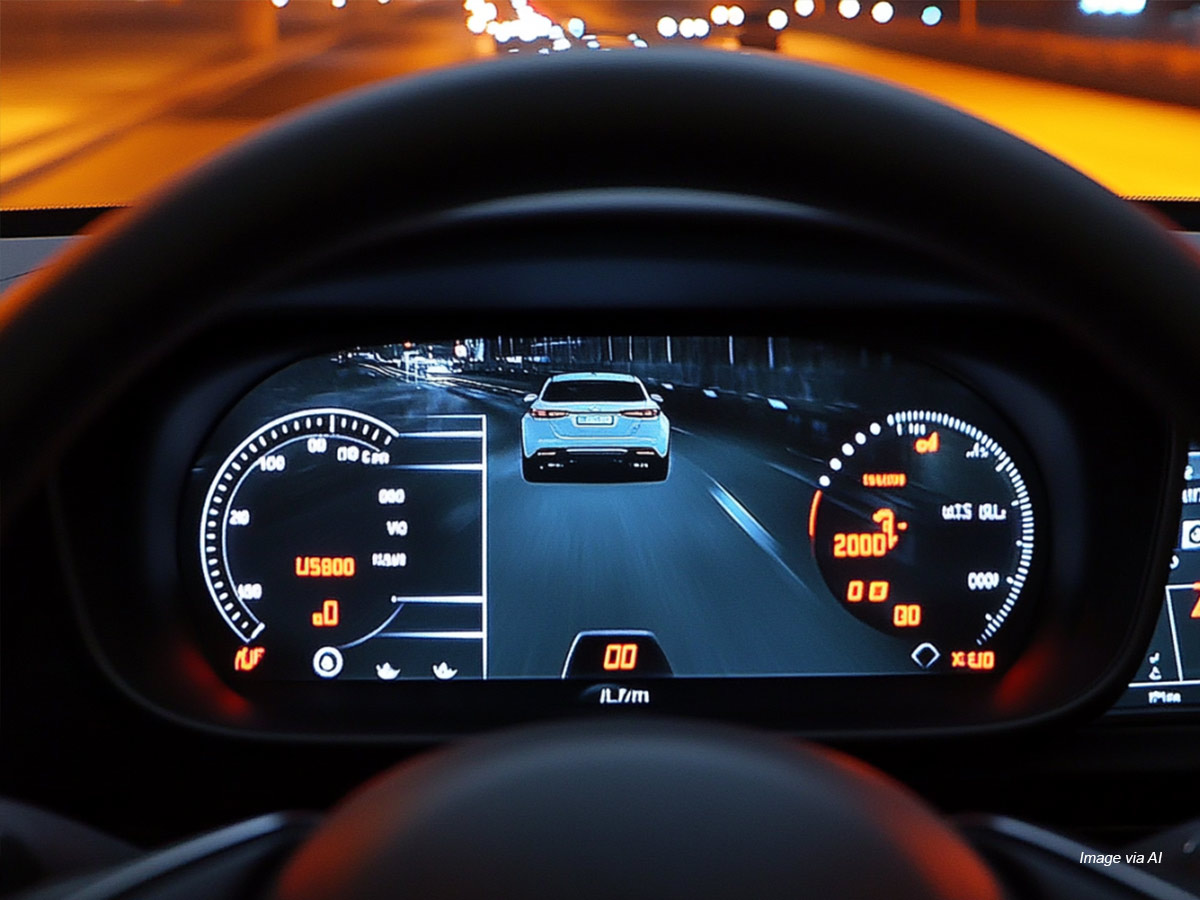
Night vision systems were introduced in some high-end vehicles with the promise of improving nighttime driving safety. By using infrared technology to detect objects and pedestrians in the dark, these systems provided an added layer of protection, especially in poorly lit areas or adverse weather conditions. On paper, it seemed like a groundbreaking advancement, enhancing visibility where conventional headlights fall short.
However, the implementation of night vision systems faced significant challenges. The technology was prohibitively expensive, increasing the overall cost of vehicles equipped with it. For most drivers, the perceived benefit did not justify the steep price, especially considering the infrequency of situations where the system would be truly indispensable.
Amphibious Cars
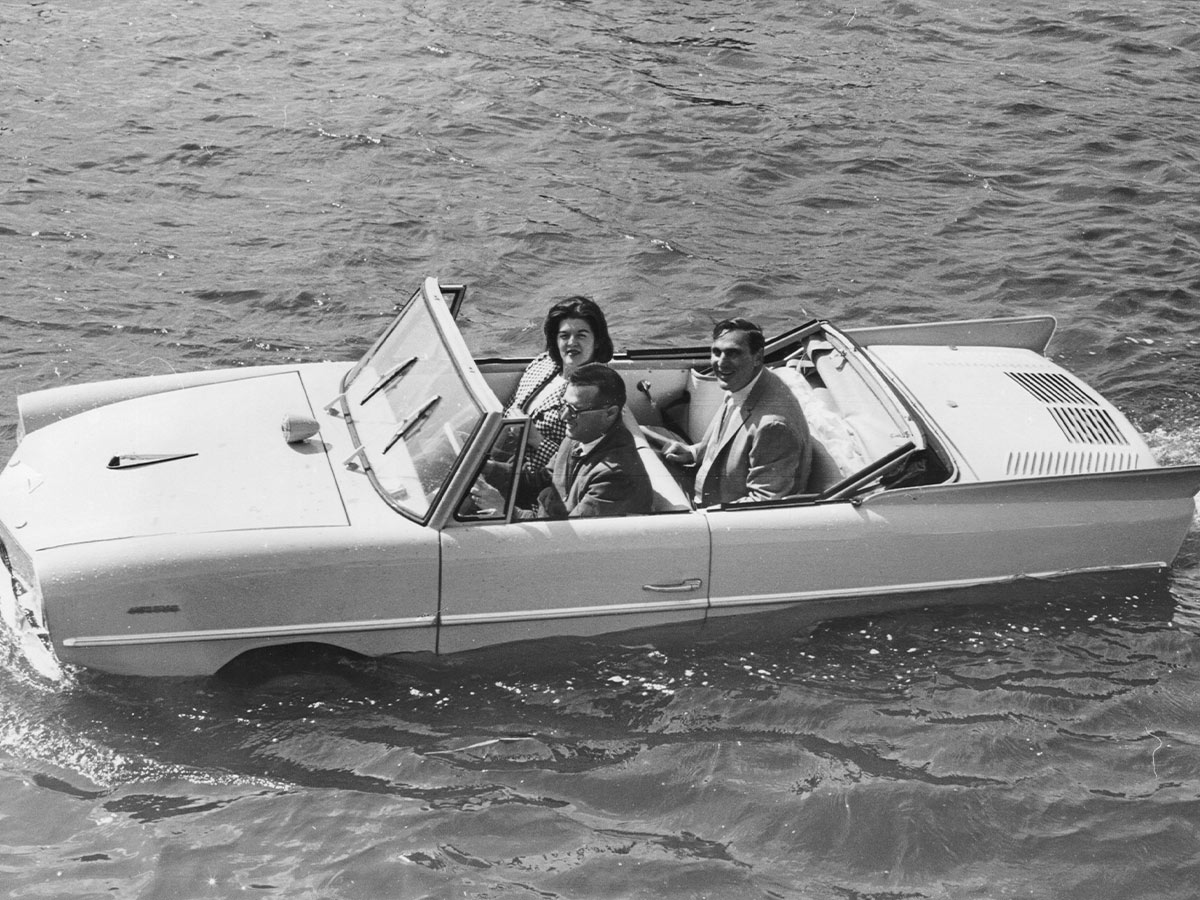
Amphibious cars, designed to operate both on land and water, were a revolutionary concept that gained attention during the 1960s and 1970s. Models like the Amphicar 770 aimed to blend the functionality of a car with boat-like capabilities, offering seamless transitions between roads and waterways. However, the reality often fell short of the vision, as most designs struggled with performance issues and the market ended up being too small to justify production.
Despite their bold innovation, amphibious cars faced significant challenges that led to their commercial failure. Their compromises in design—balancing both land and aquatic functionality—meant they excelled at neither. Cultural shifts and an evolving automotive market further marginalized these dual-purpose vehicles. Today, amphibious cars are viewed as niche collector's items.
Bubble Roofs
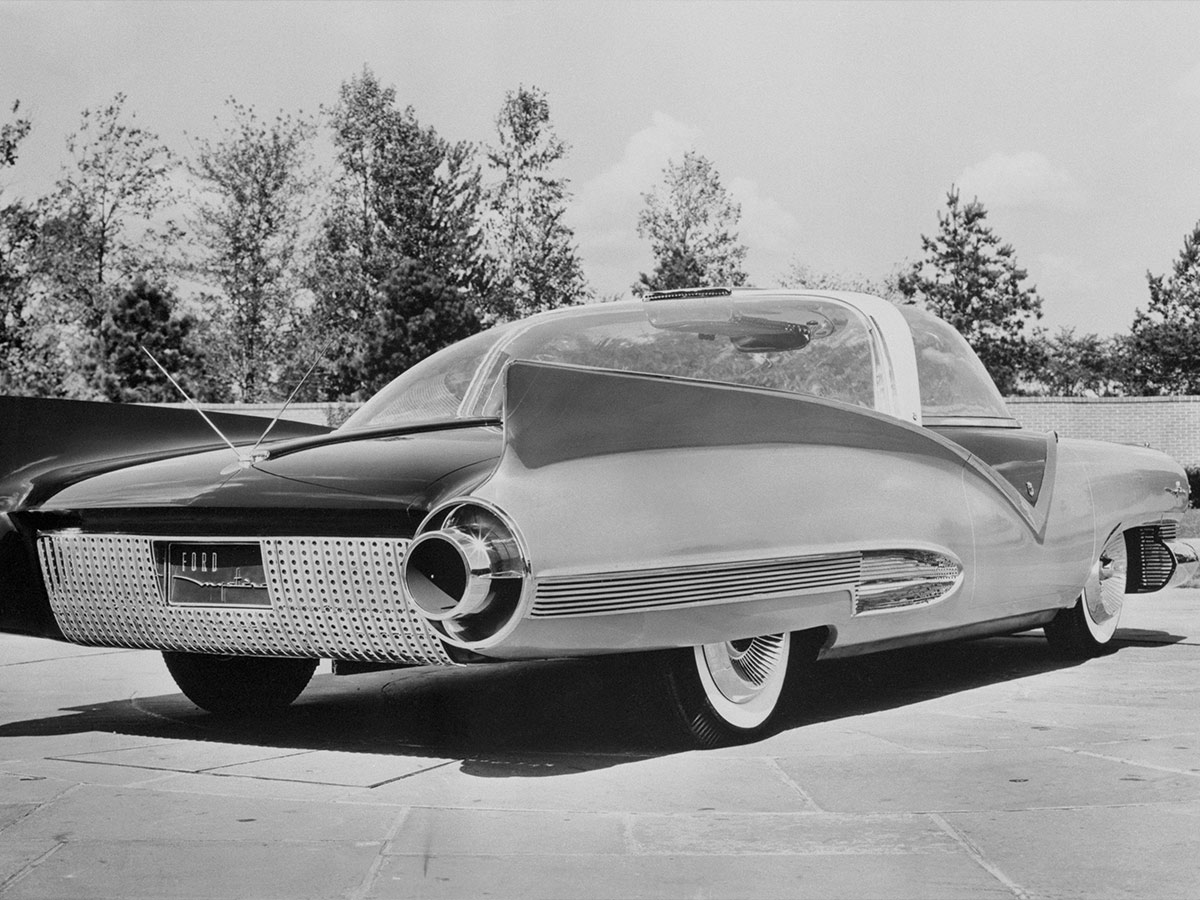
Bubble roofs, a bold car innovation, were introduced with the promise of offering increased headroom and an airier cabin experience for drivers and passengers. The design's unique curvature certainly turned heads and added a futuristic aesthetic to vehicles. However, the large amount of glass involved posed significant problems, particularly in sunny climates.
Drivers often complained about excessive heat buildup in the cabin, as the roof acted almost like a magnifying glass, amplifying the sun's rays. Another major issue was their tendency to trap water, which caused rust and damage to the roof. Ultimately, their poor practicality in real-world conditions meant this innovation quickly faded into obscurity.
Retractable Spoilers

Retractable spoilers were introduced as a sleek, modern feature designed to enhance aerodynamics and improve vehicle performance. While they initially captured attention for their futuristic appearance and potential benefits, practical application revealed significant drawbacks. The intricate mechanisms required for retractable spoilers made them highly prone to malfunctions, resulting in frequent and costly repairs.
For the average driver, their functionality offered little to no noticeable improvement in everyday driving scenarios, rendering them more of a luxury feature than a necessity. Over time, the high maintenance and questionable utility of retractable spoilers led to their decline in popularity.
Personal Mini Bars
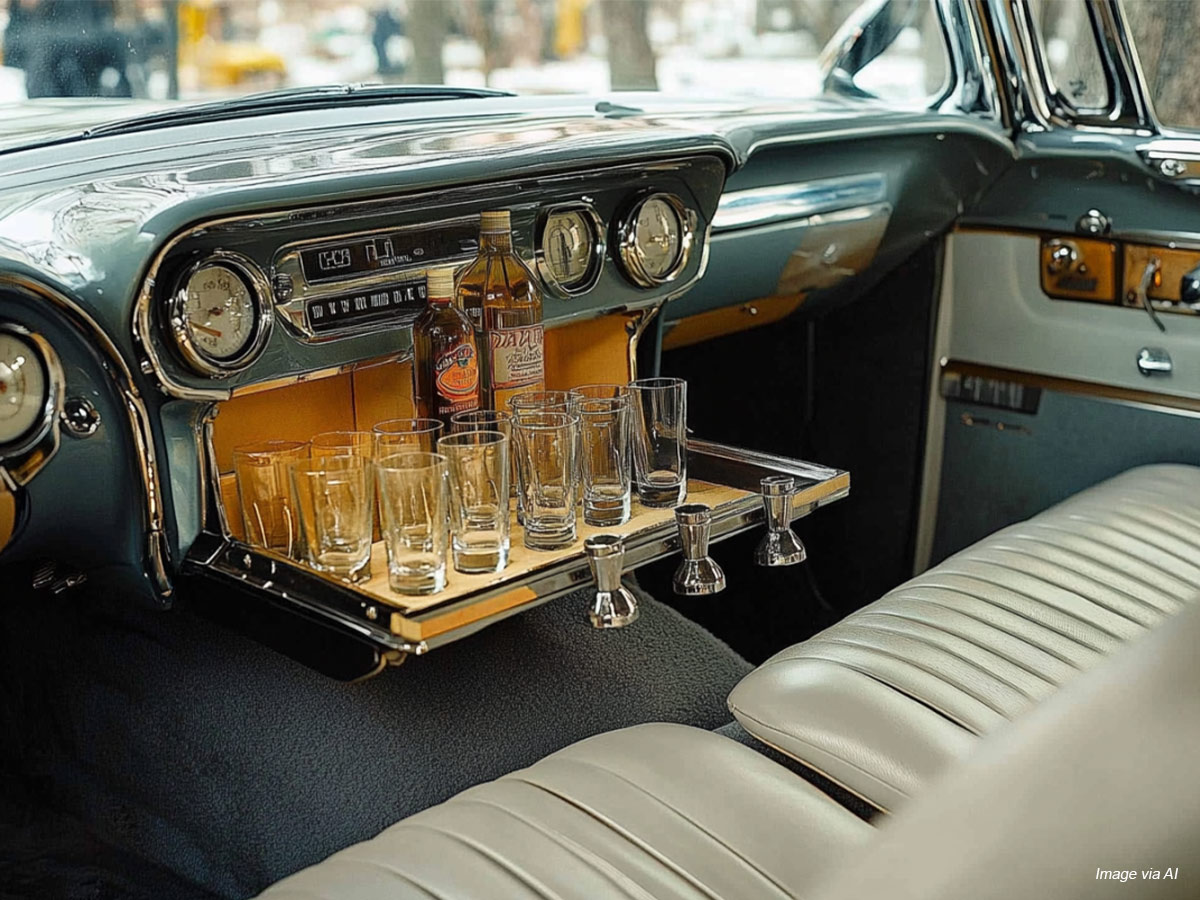
The introduction of personal mini bars in luxury cars was initially applauded for adding a touch of indulgence and convenience. Drivers and passengers could enjoy a drink or store refreshments during long trips, highlighting the innovation in premium automobile design. These mini bars symbolized opulence and catered to the ultra-luxurious lifestyle of their owners.
However, increasing concerns about safety and the stronger enforcement of DUI laws made these features highly controversial. Critics argued that in-car alcohol storage encouraged negligent behavior, leading to an uptick in accidents. These mini bars also interfered with airbag deployments, which created another serious safety concern.
Keypad Entry Systems
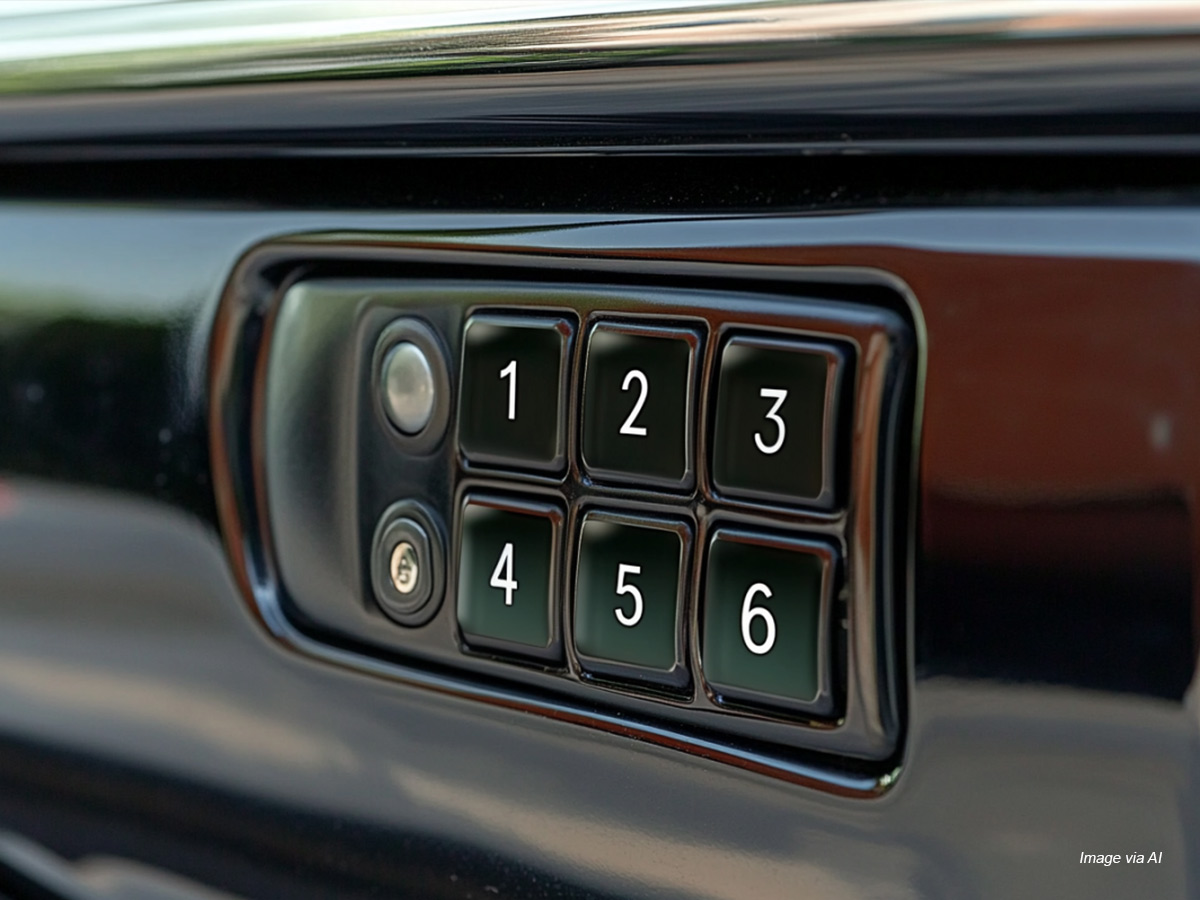
Keypad entry systems once revolutionized vehicle access by providing a secure and convenient alternative to traditional keys. These systems allowed drivers to unlock their cars by entering a numeric code, improving security and reducing the risk of lost or stolen keys. However, they were prone to weather damage, leading to a less desirable user experience.
Despite their initial popularity, keypad entry systems began to decline with the advent of key fobs and biometric technology. Key fobs, offering wireless control and remote unlocking capabilities, quickly became the preferred method of vehicle entry. While keypads were innovative for the auto industry, key fobs stole their light and consumer preference.
Aireless Tires
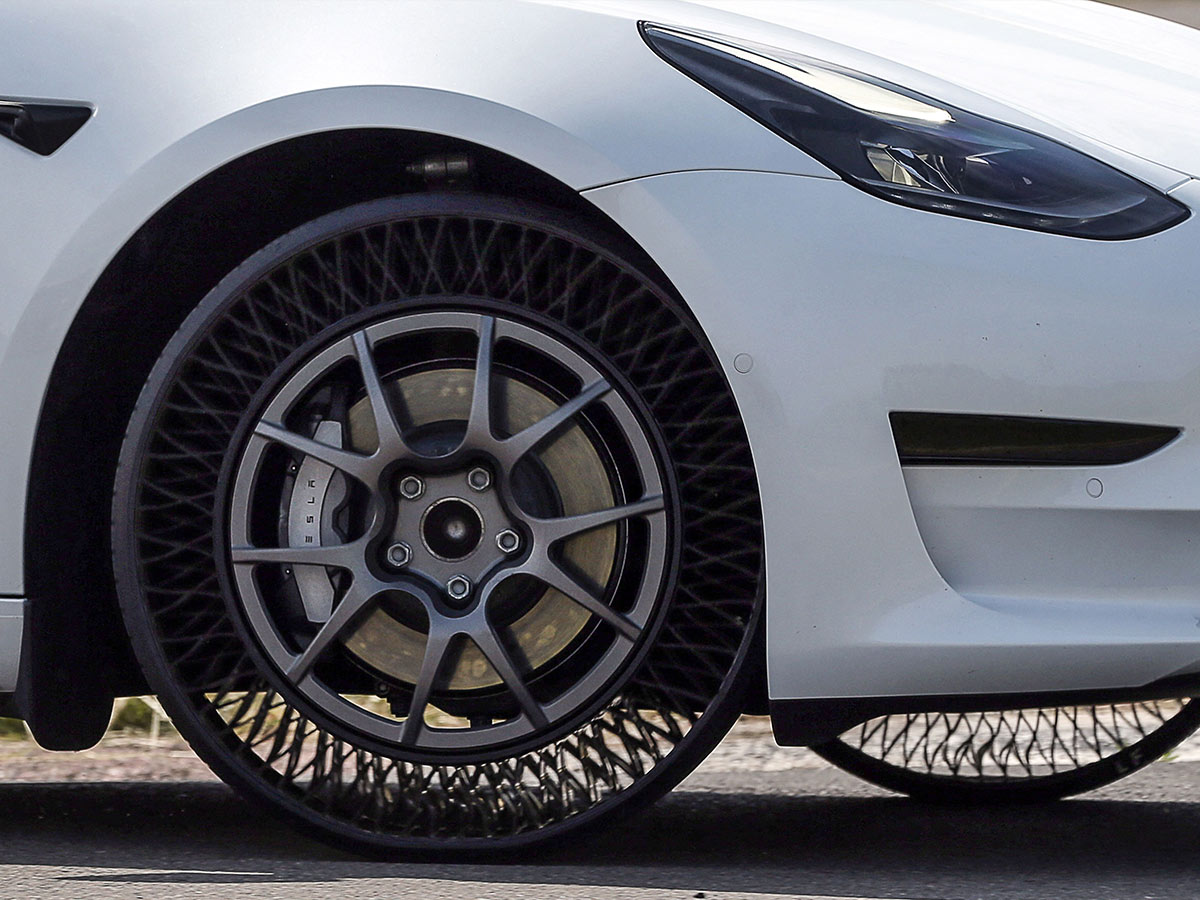
Airless tires were once hailed as a groundbreaking innovation, promising a future free of flats and blowouts. Designed to eliminate the need for air pressure, these tires aimed to enhance durability and provide maintenance-free operation for vehicle owners. Their solid construction was marketed as a solution to common issues, such as punctures and frequent inflation checks.
However, despite the initial enthusiasm, airless tires encountered significant drawbacks that made them impractical for widespread use. One of the primary challenges was their inability to match the ride comfort and performance of traditional tires. Without the cushion of air, airless tires often resulted in a rougher driving experience, particularly on uneven or bumpy roads. Additionally, their rigid materials led to constraints in handling and traction, reducing overall driving efficiency.
Built-In Vacuum Cleaners
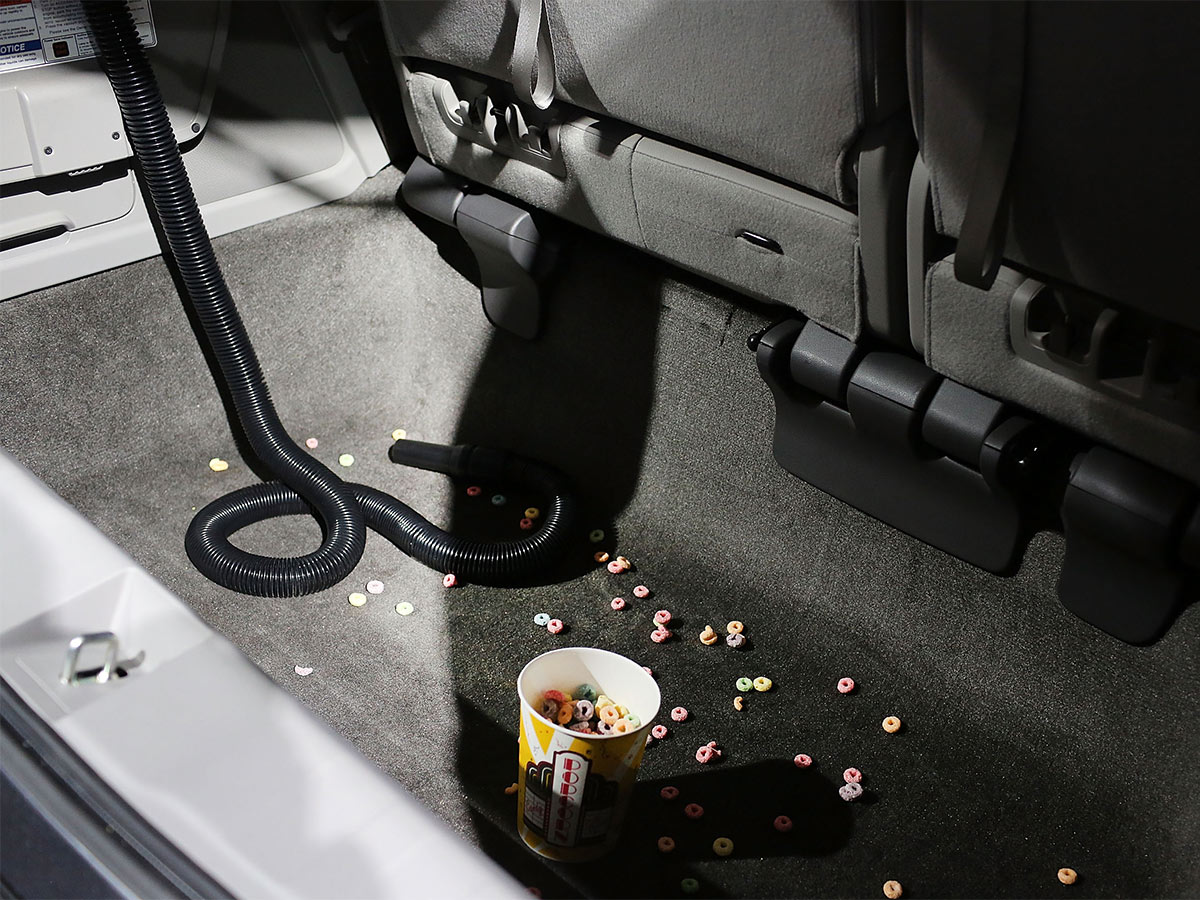
Built-in vacuum cleaners, while convenient in certain scenarios, have remained a specialized solution rather than a household standard. These systems require significant up-front installation costs and are typically limited to new constructions or major renovations, making them inaccessible to many. Additionally, their maintenance can be more complex, as clogged pipes or motor issues often necessitate professional repair.
While they offer the advantage of quiet operation and improved air quality by venting dust outside, the lack of flexibility compared to traditional vacuum cleaners limits their appeal. Over time, the vacuum system can wear out and affect its functions. While built-in vacuum cleaners are a neat idea, it’s not one that is the most cost and function effective for drivers and their cars.
Station Wagon Rear Facing Seats
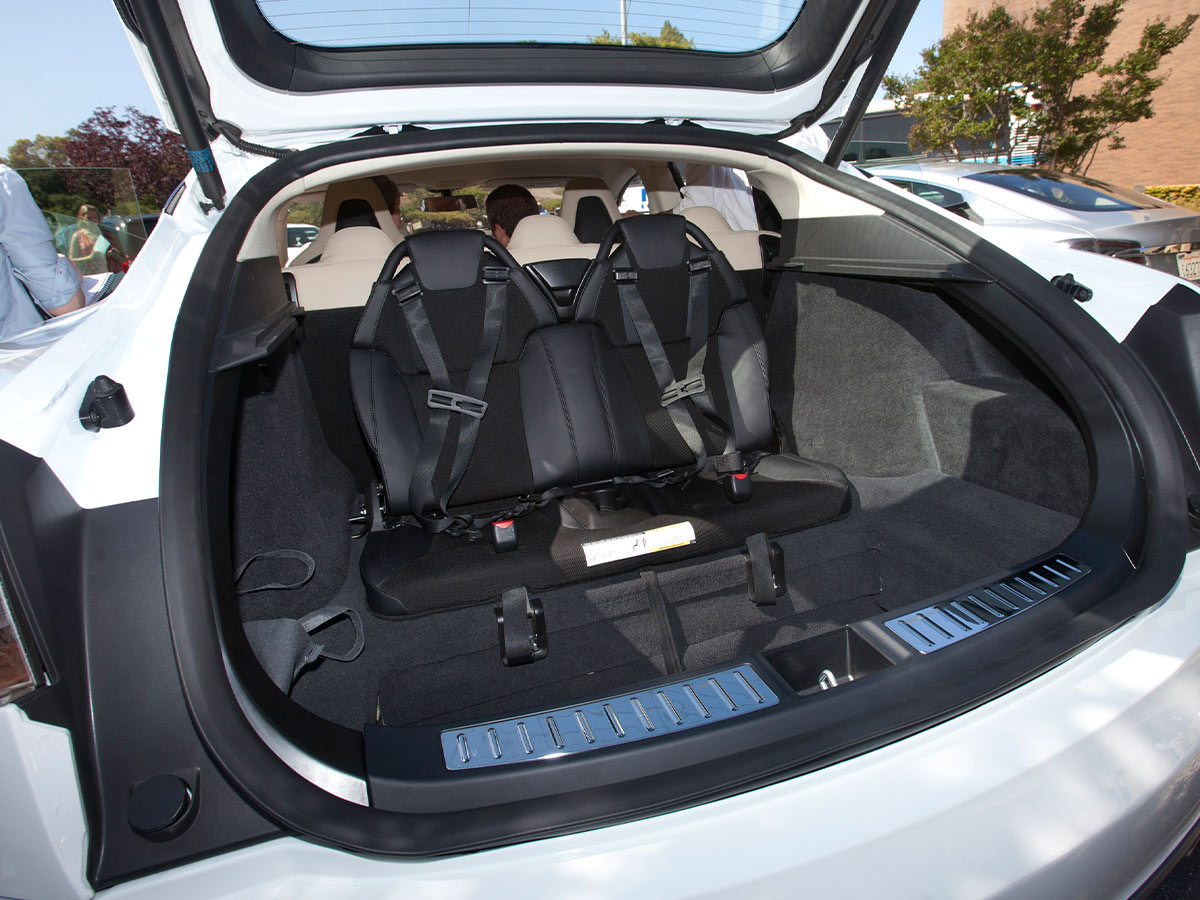
The rear-facing seats in station wagons were once a symbol of practicality and a unique design choice that many families loved during road trips. Positioned in the cargo area, these seats allowed children or passengers to ride facing the rear window, creating a sense of novelty and engagement with the scenery behind the vehicle.
However, as automobile safety standards advanced, these seats came under scrutiny for their lack of proper protection in the event of rear-end collisions, leaving passengers vulnerable to severe injuries. Over time, the rear-facing seats became an outdated concept as modern safety technologies and regulations prioritized passenger protection over novelty.
Self-Leveling Suspensions
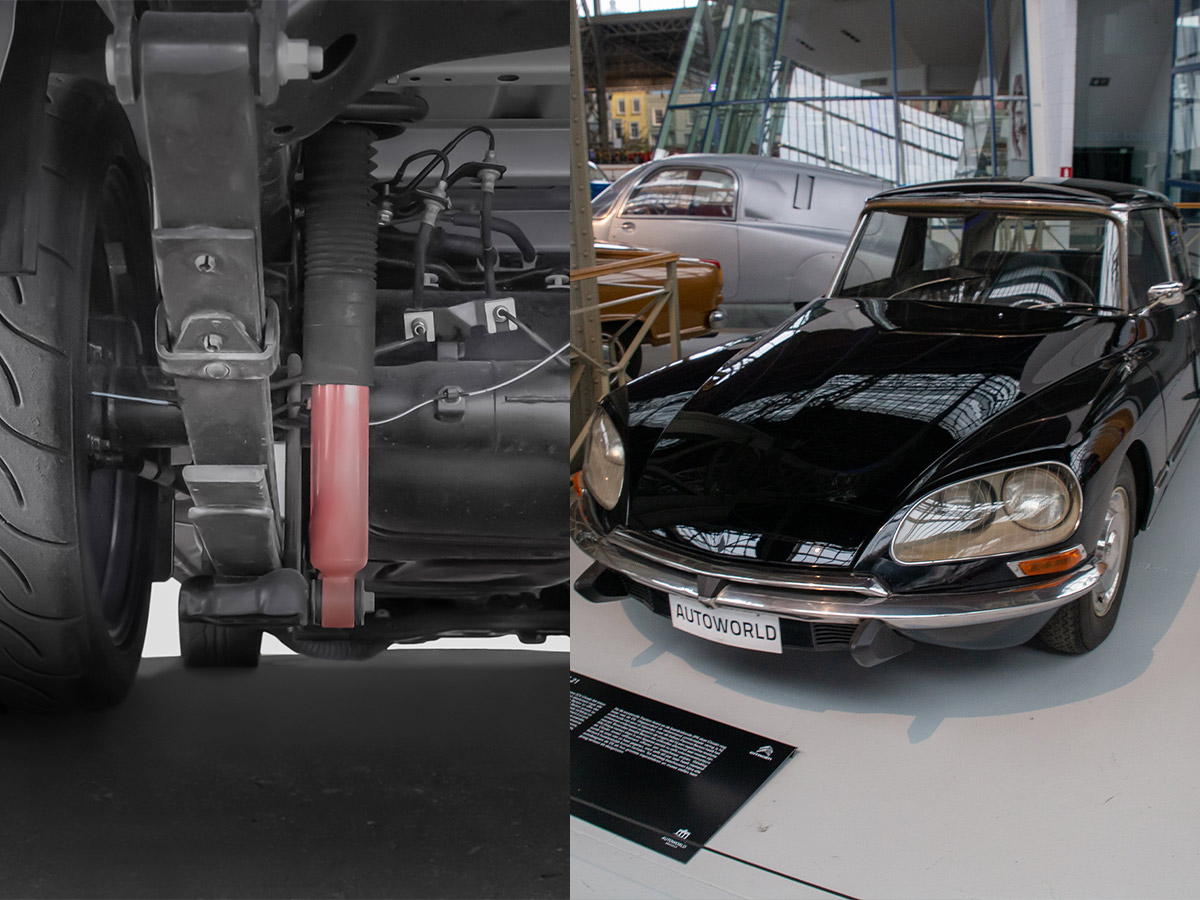
Self-leveling suspension systems were once marketed as a luxurious feature, offering an exceptionally smooth ride and consistent vehicle height regardless of load. However, over time, these systems became synonymous with high costs and frequent repairs. Air leaks, sensor malfunctions, and component wear introduced multiple points of failure that were challenging for average mechanics to address.
The replacement parts and labor required to fix these suspensions often imposed hefty financial burdens on vehicle owners. Additionally, the availability of simpler and more reliable suspension alternatives made the complex self-leveling systems less appealing.
toa555/Adobe Stock; Clemens Vasters from Viersen, Germany, Germany, CC BY 2.0, via Wikimedia Commons
 Author
Ron Winkler
Last Updated: December 09, 2025
Author
Ron Winkler
Last Updated: December 09, 2025